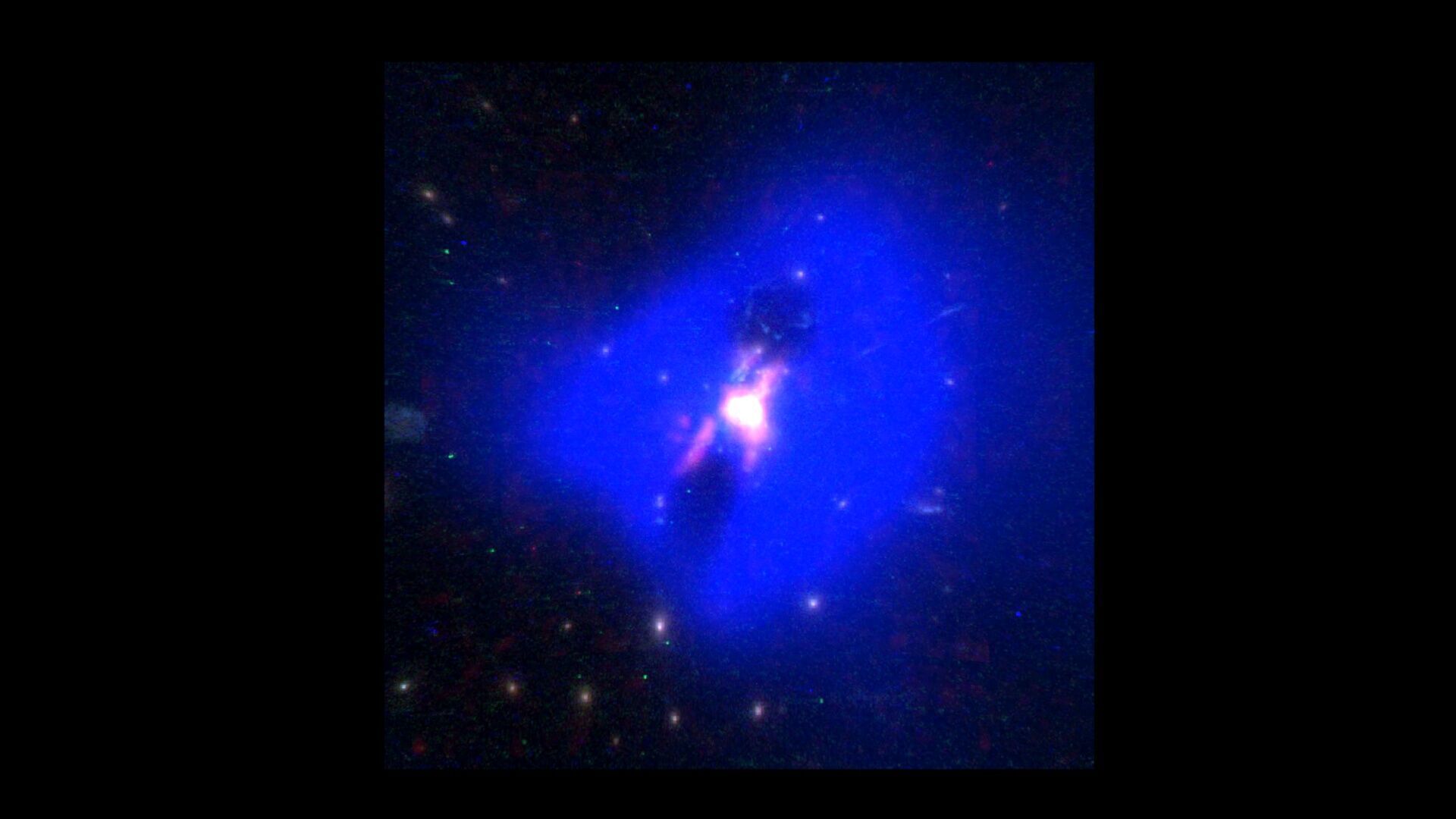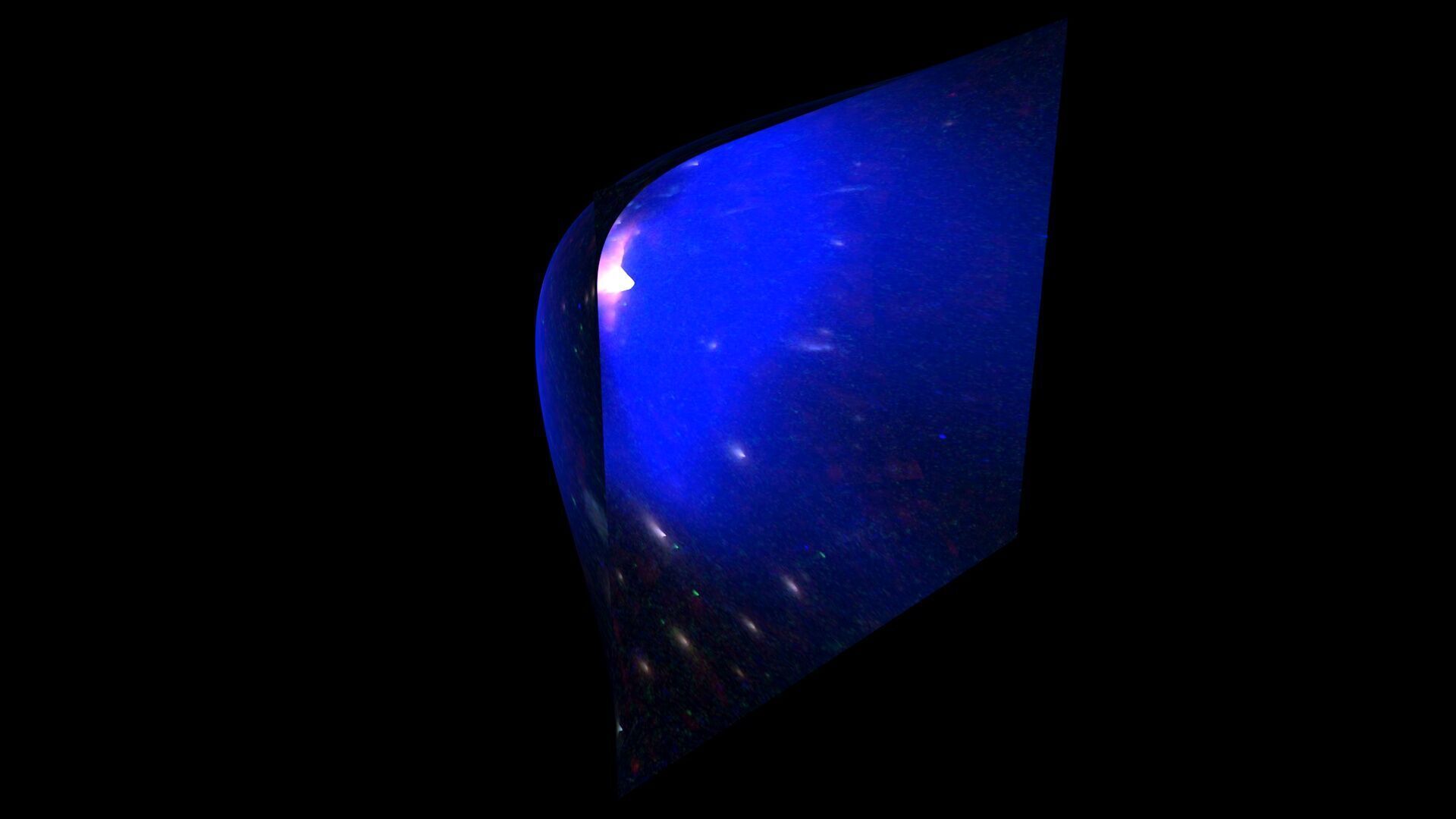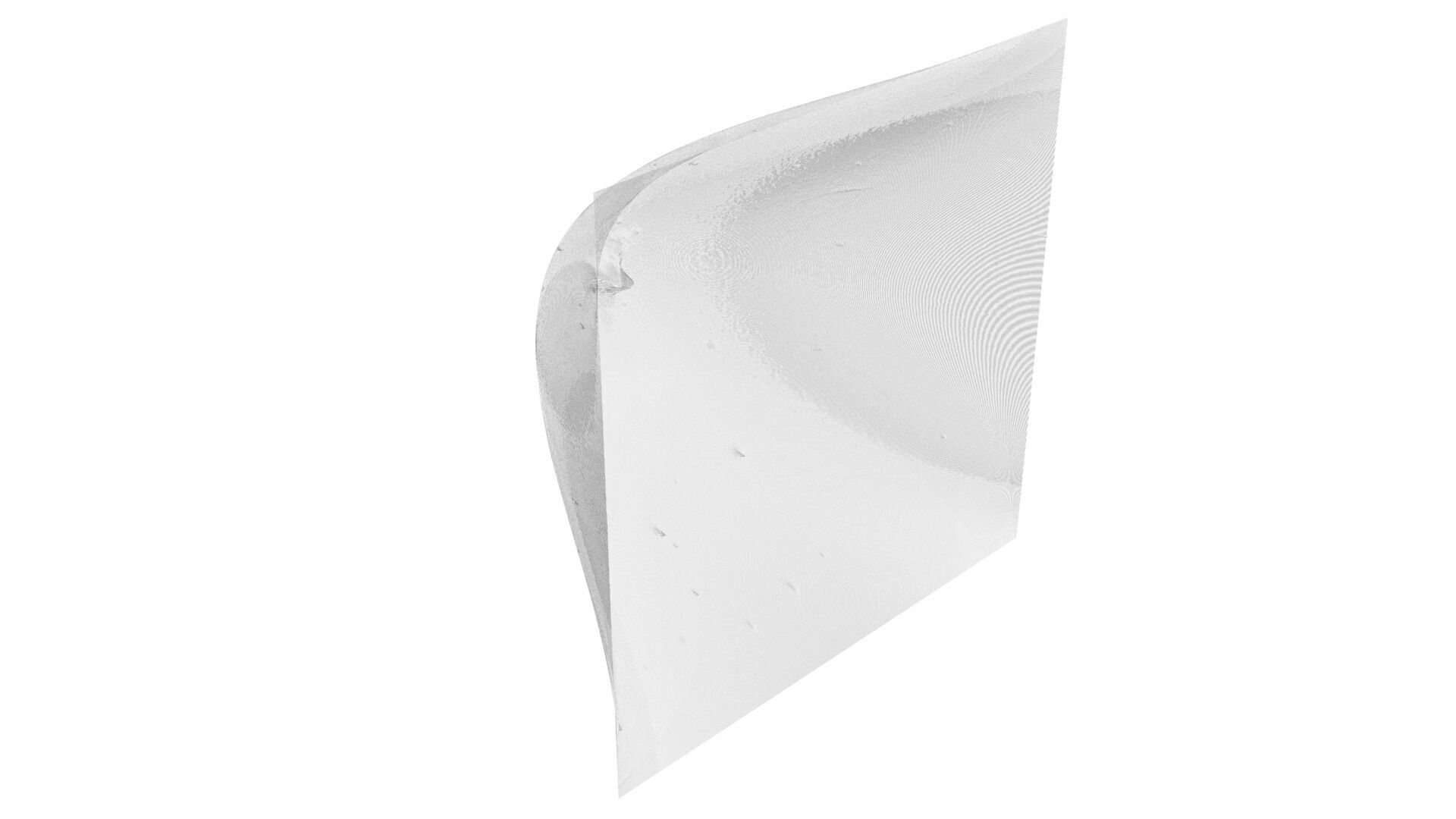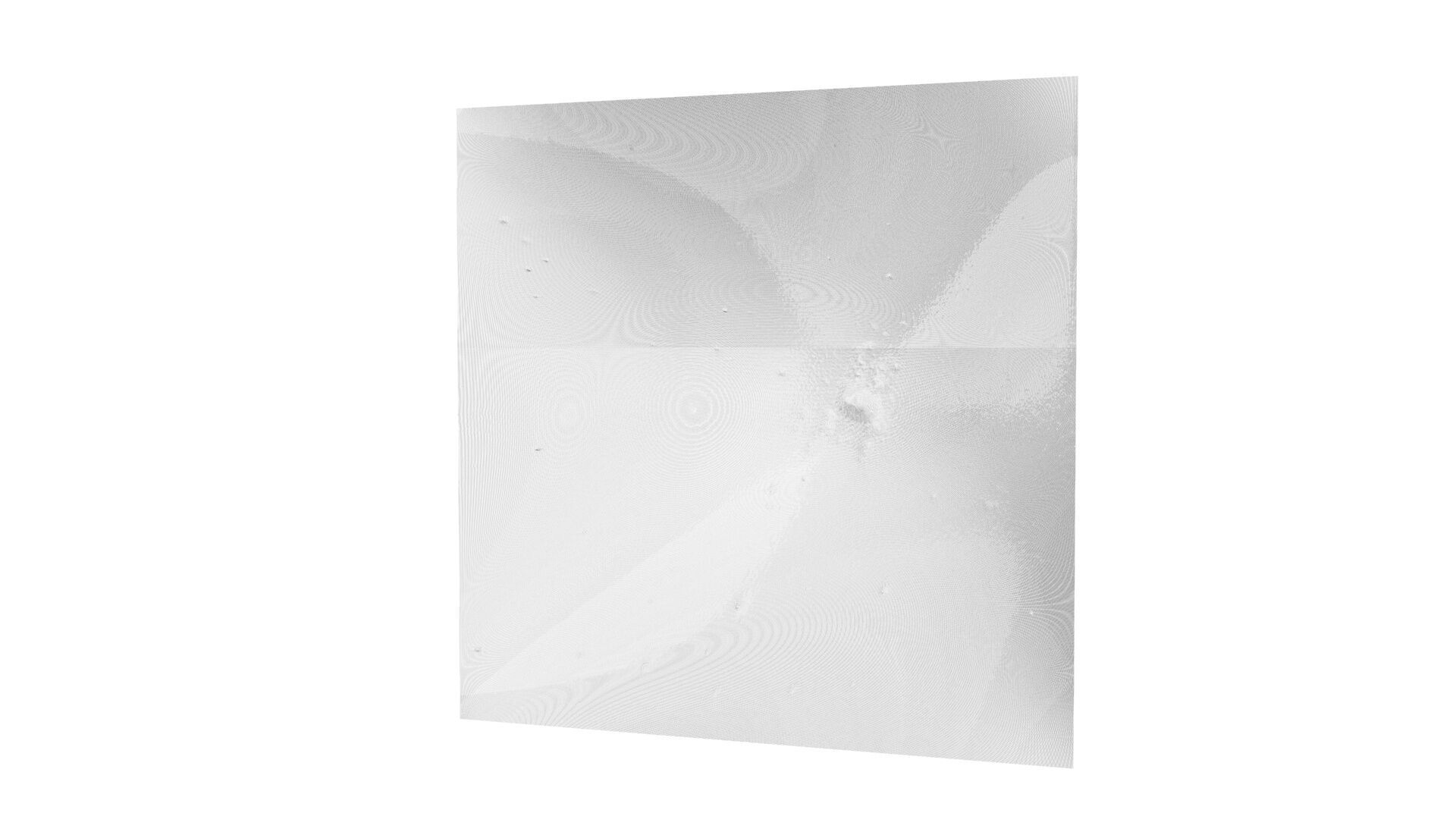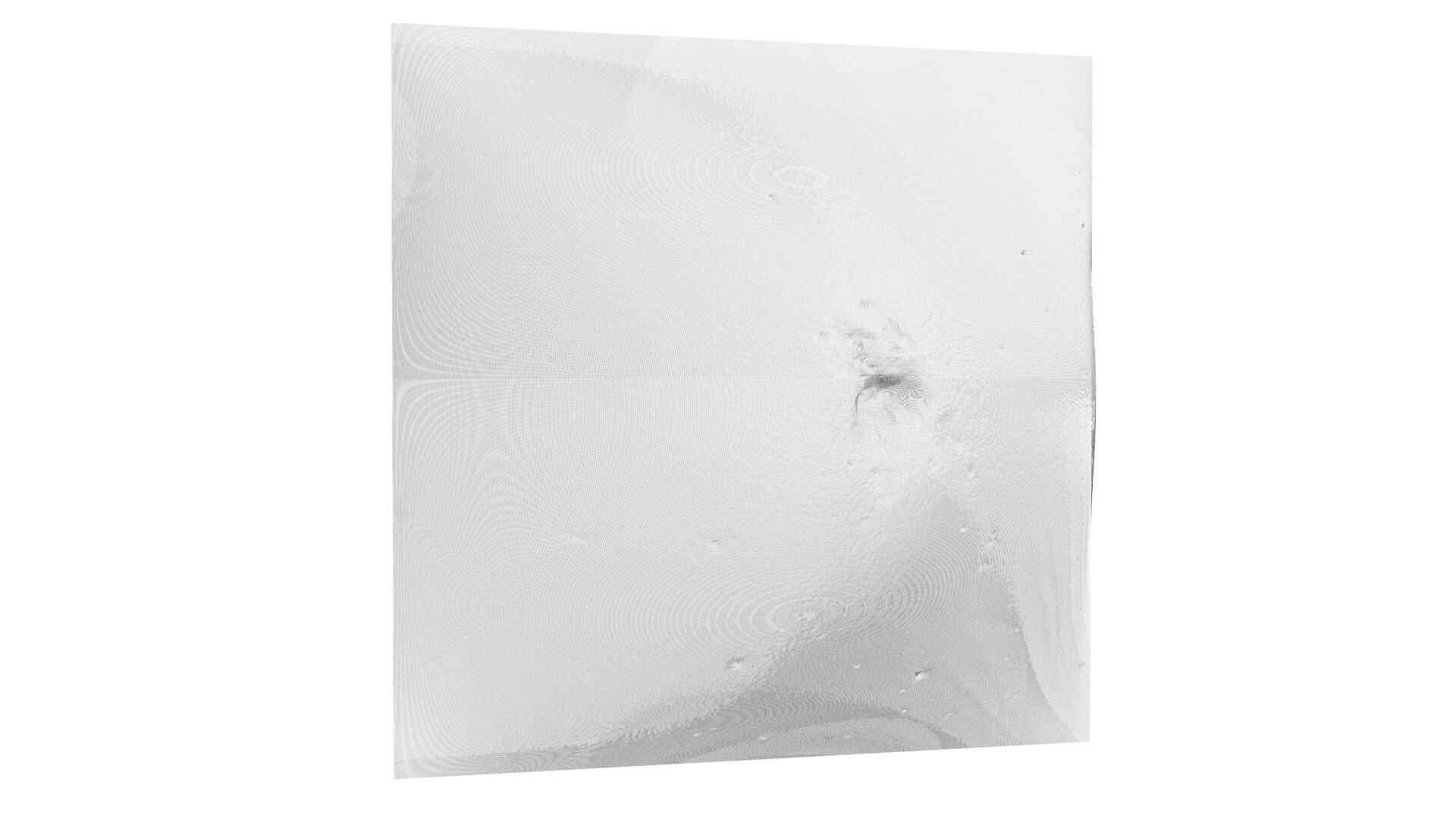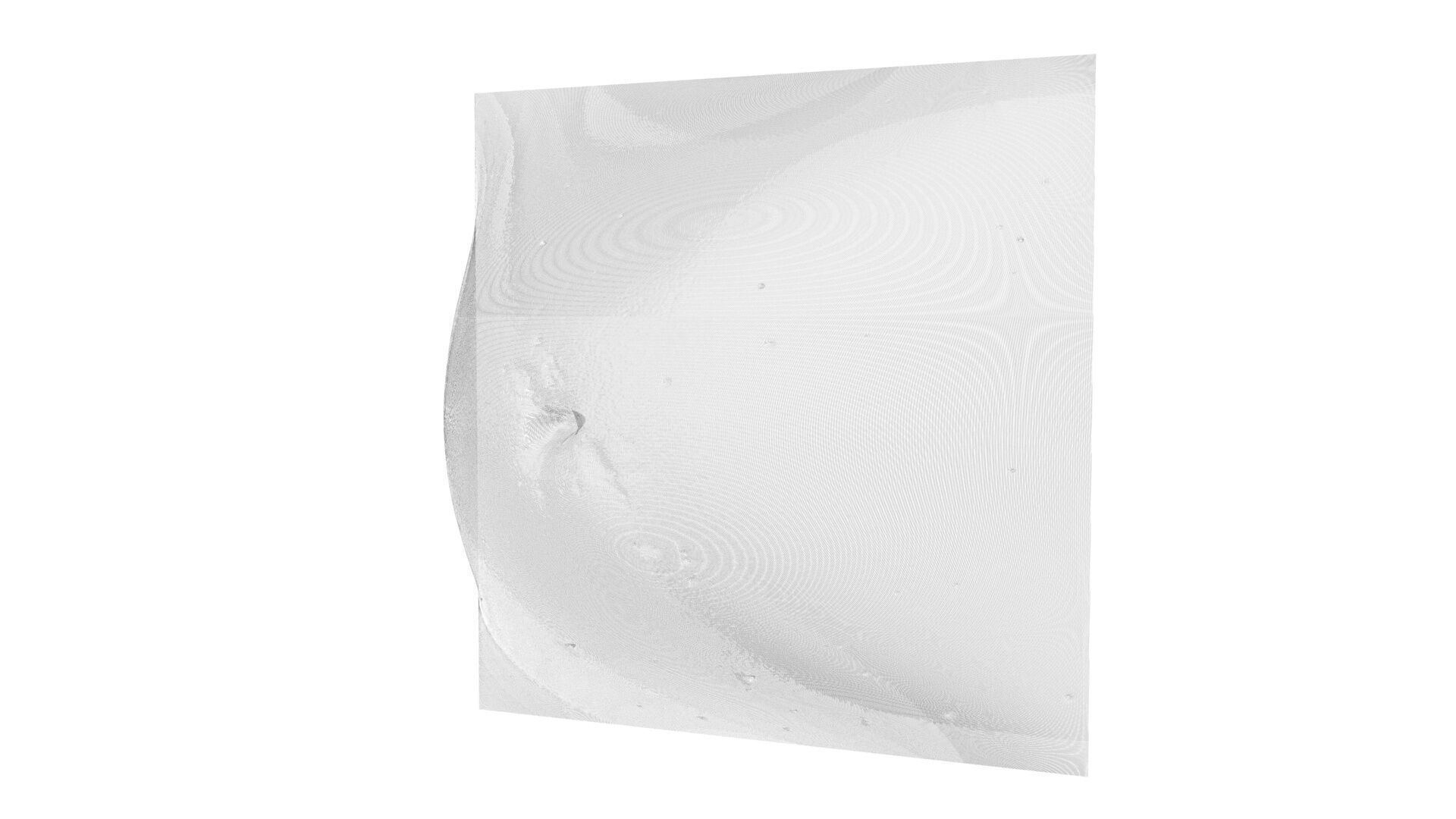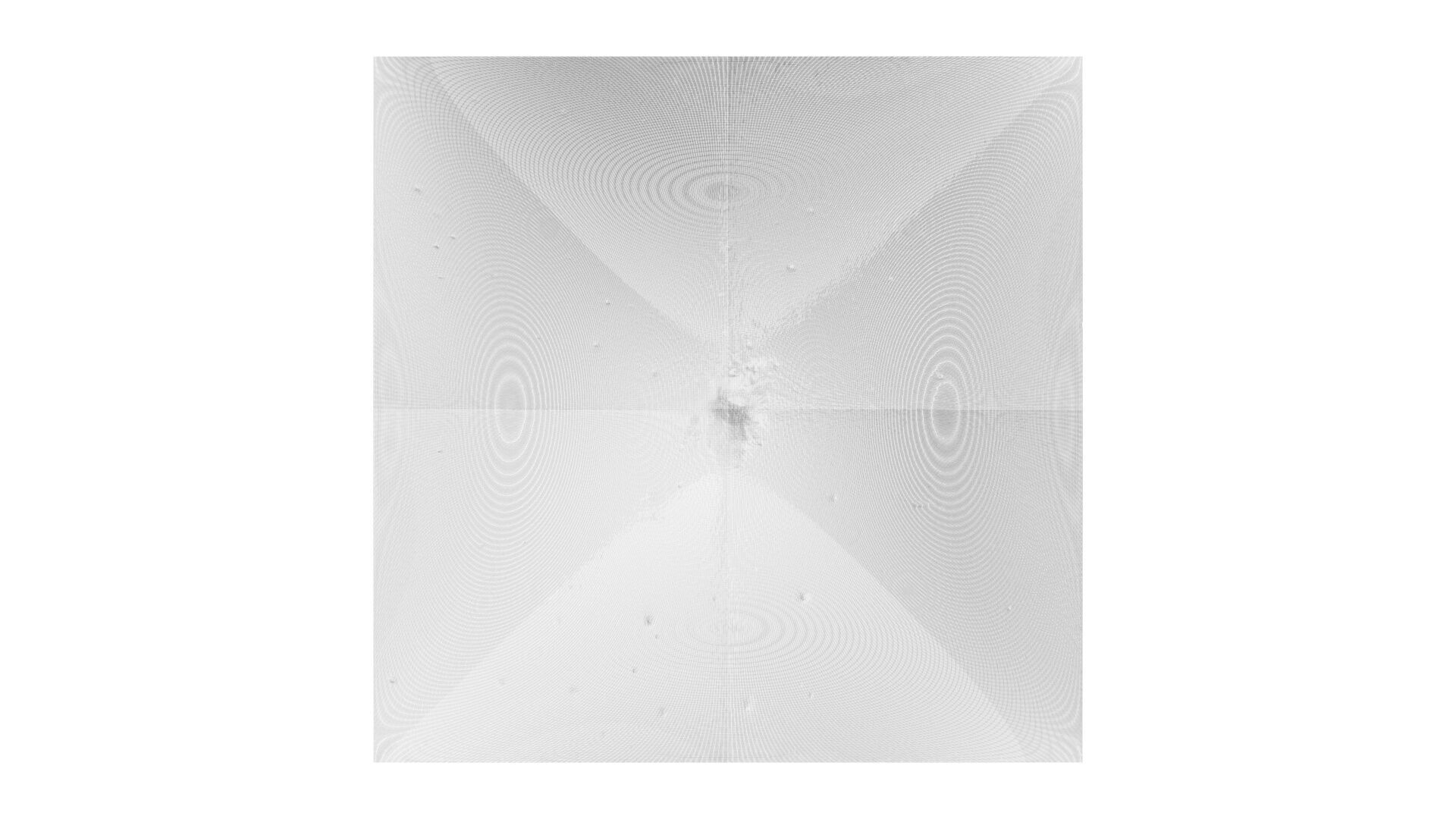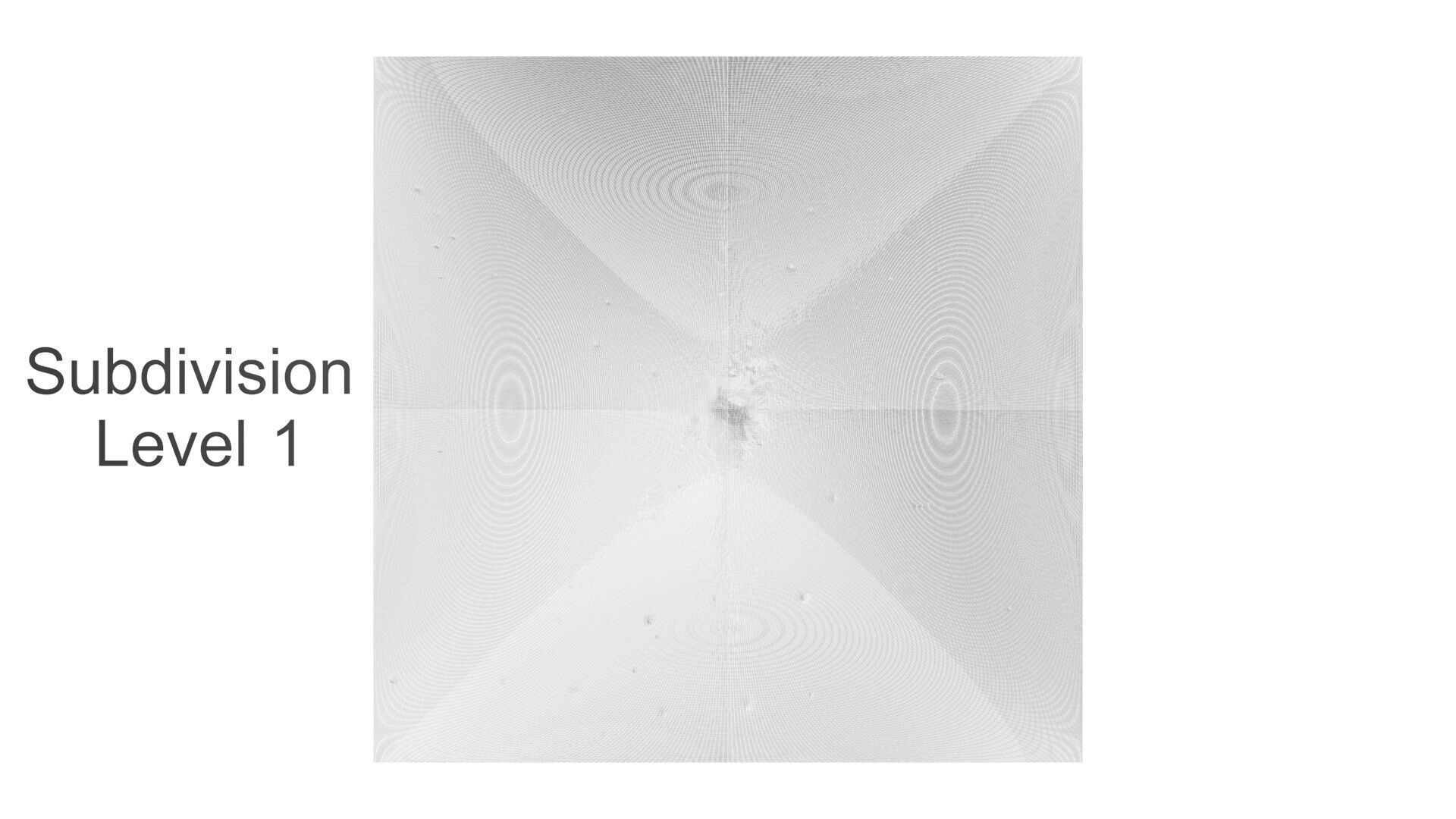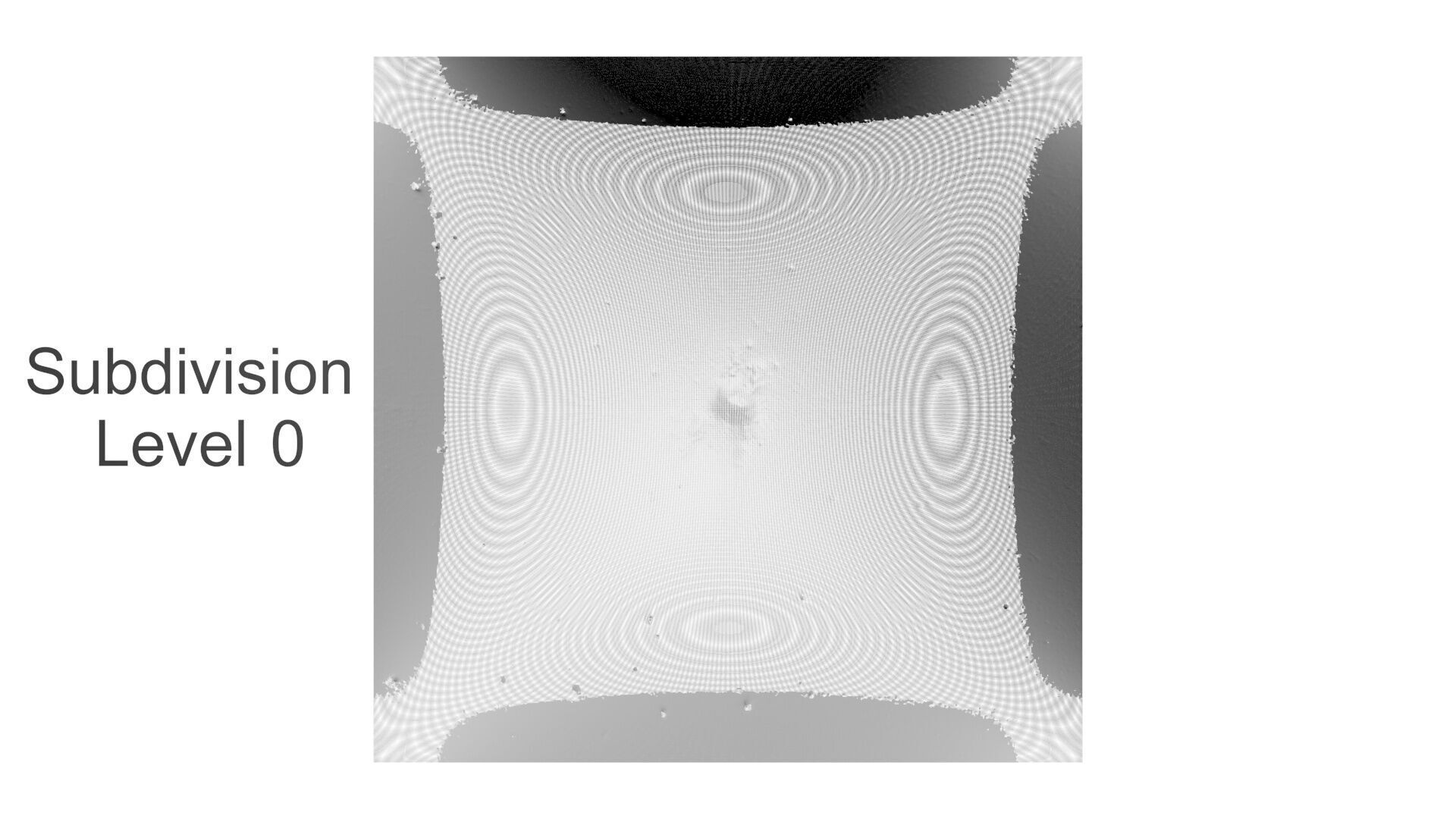
Phoenix Cluster 3D model
DescriptionPhoenix Cluster. The Phoenix Cluster is like a chromosome X. The Phoenix Cluster (SPT-CL J2344-4243) is a massive, Abell class type I galaxy cluster located at its namesake, southern constellation of Phoenix. It was initially detected in 2010 during a 2,500 square degree survey of the southern sky using the Sunyaev–Zeldovich effect by the South Pole Telescope collaboration. It is one of the most massive galaxy clusters known, with the mass on the order of 2×1015 MO, and is the most luminous X-ray cluster discovered, producing more X-rays than any other known massive cluster. It is located at a comoving distance of 8.61 billion light-years (2.64 gigaparsecs) from Earth. About 42 member galaxies were identified and currently listed in the SIMBAD Astronomical Database, though the real number may be as high as 1,000 galaxies. The Phoenix Cluster was first reported in a paper by R. Williamson and colleagues during a survey by the South Pole Telescope in Antarctica, being one of the 26 galaxy clusters identified by the survey. The detection has been conducted at frequencies between 95, 150, and 220 GHz, with 14 of the galaxy clusters detected have been previously identified, while 12 – including Phoenix Cluster, being new discoveries. The would-be named Phoenix Cluster (still identified by its numerical catalogue entry SPT-CL J2344–4243) has been remarked to be having the largest X-ray luminosity of any cluster described by the survey. A bright, type-2 Seyfert galaxy has also been pronounced lying 19 arcseconds from the apparent center of the cluster that has been identified as 2MASX J23444387-4243124, which would later be named Phoenix A, the cluster's central galaxy.
Texture Resolution: 1920 x 1920

